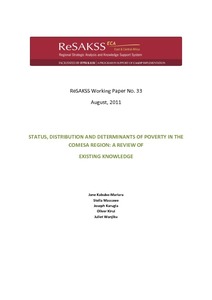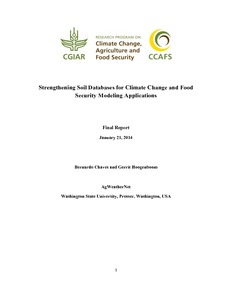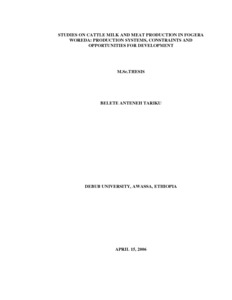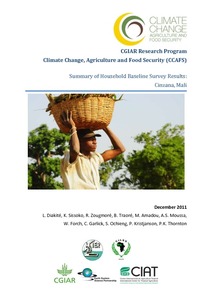Spatial correlates of land-use changes in the Maasai-Steppe of Tanzania: Implications for conservation and environmental planning
Spatially explicit models are becoming increasingly important tools for simulating land-use change. In this study, we formulated and tested models that incorporated spatial correlates of agricultural expansion and used them to predict local- and landscape-scale patterns of agricultural land-use change and its implications in the Maasai-Steppe of Northern Tanzania. We evaluated the relationship between agricultural land-use and its spatial correlates using Multiple Logistic Regression on data derived from satellite imageries for the year 2000.










